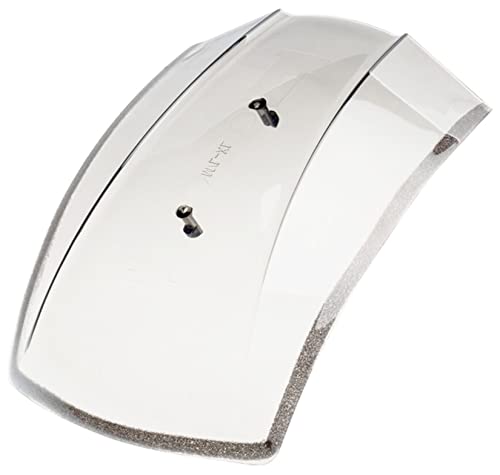Short update, as if that is possible. I fashioned a case timing mark pointer and set it to be at #1 TDC:

This pic shows the crank trigger wheel with white paint on the trigger wheel teeth for engine degree timing:

I am using the crank trigger wheel as the engine timing degree indicator. Every tooth and valley between teeth is 3mm and equates to 5 degrees each:

Extremely accurate and works well. Now that have the engine timing correct and can monitor it easily, on to the engine tune. This is progressing, but still have an engine stumble. Have adjusted the coil dwell time and spark duration, but no joy.
Only two aspects Cana affect and make the engine stumble, fuel and ignition. I'm going to look into the fuel to the fuel pump from the tank, make sure the fuel is flowing as freely as possible. Will bypass the fuel shutoff valve.
Have three fuel pumps to use. Have used the OEM, and one of the aftermarket fuel pumps, one left to try. The engine has its signature stumble with both of these. One left to try, will swap if necessary after I do the fuel tank to fuel pump test.

This pic shows the crank trigger wheel with white paint on the trigger wheel teeth for engine degree timing:

I am using the crank trigger wheel as the engine timing degree indicator. Every tooth and valley between teeth is 3mm and equates to 5 degrees each:

Extremely accurate and works well. Now that have the engine timing correct and can monitor it easily, on to the engine tune. This is progressing, but still have an engine stumble. Have adjusted the coil dwell time and spark duration, but no joy.
Only two aspects Cana affect and make the engine stumble, fuel and ignition. I'm going to look into the fuel to the fuel pump from the tank, make sure the fuel is flowing as freely as possible. Will bypass the fuel shutoff valve.
Have three fuel pumps to use. Have used the OEM, and one of the aftermarket fuel pumps, one left to try. The engine has its signature stumble with both of these. One left to try, will swap if necessary after I do the fuel tank to fuel pump test.

















































